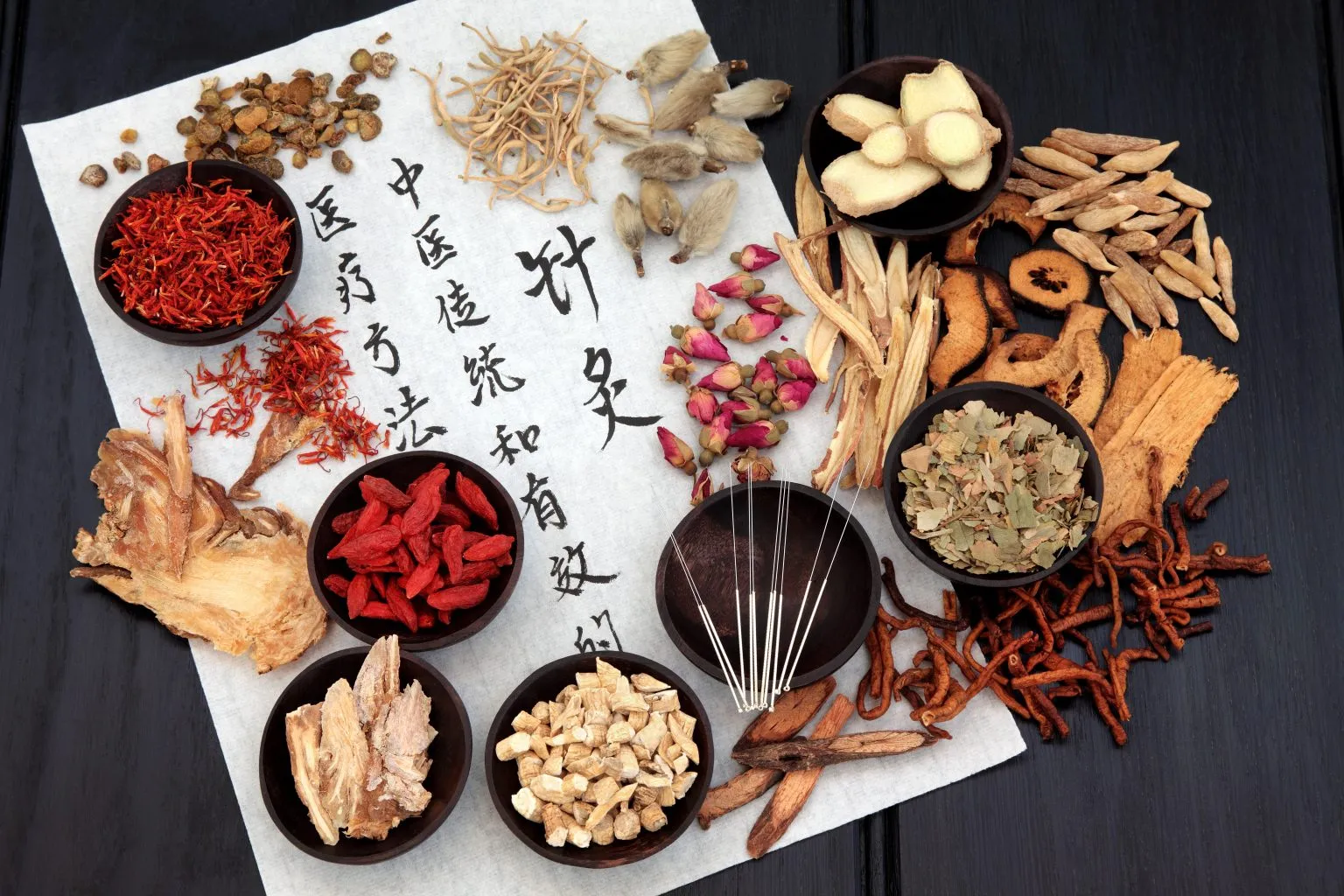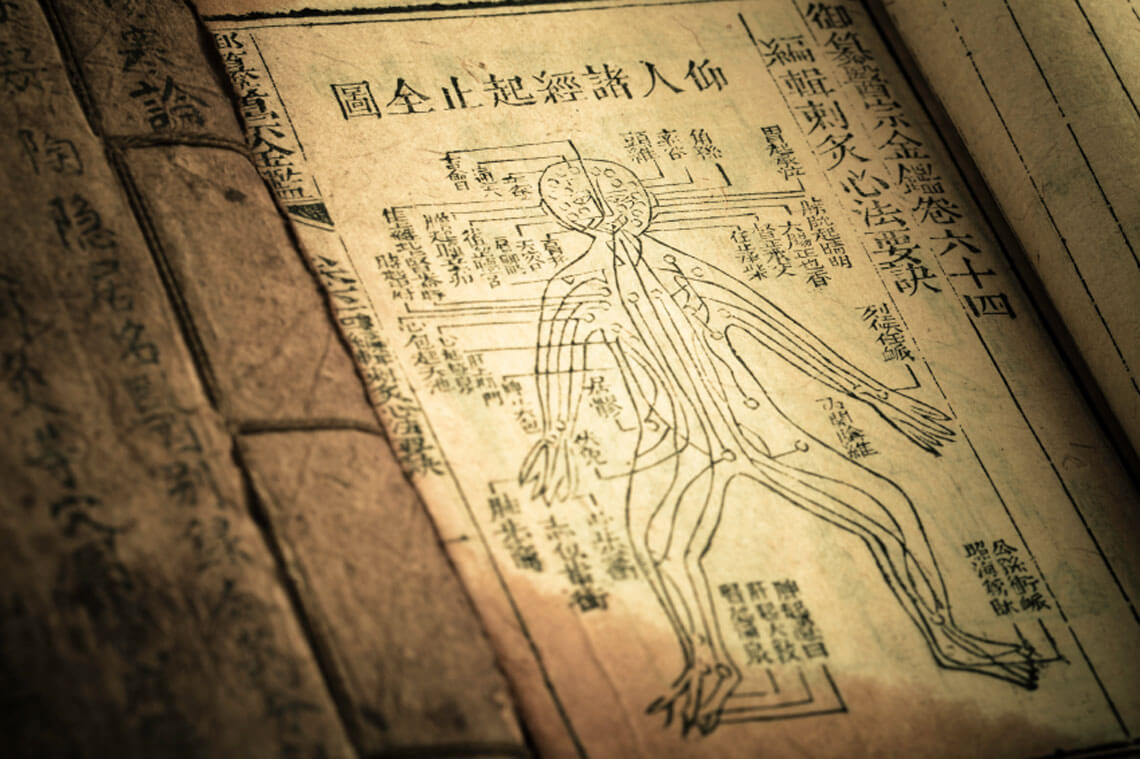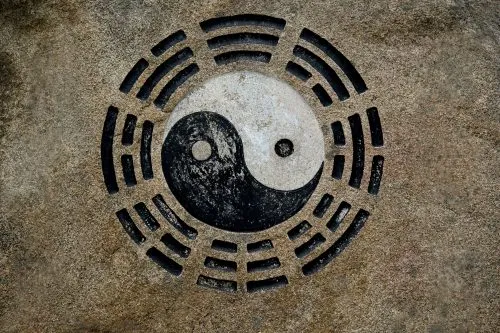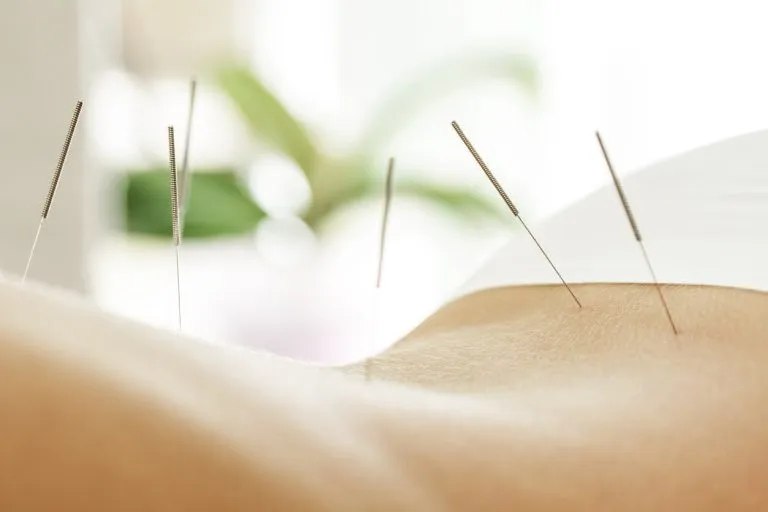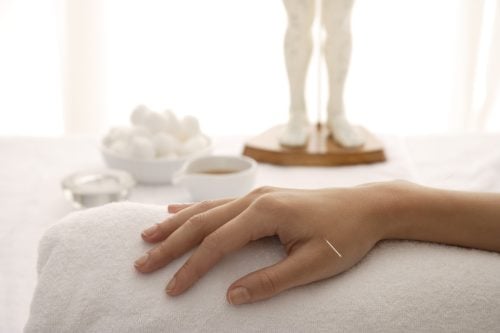Chinese Medicine Hervey Bay
Chinese medicine developed over thousands of years as a comprehensive natural medicine system for addressing illness.
Within Chinese medicine system, many treatment methods developed including acupuncture, Chinese Herbal Medicine, Cupping, Massage, Diet Therapy, Heat Therapy. These methods may be all used in order to restore health and vitality.

